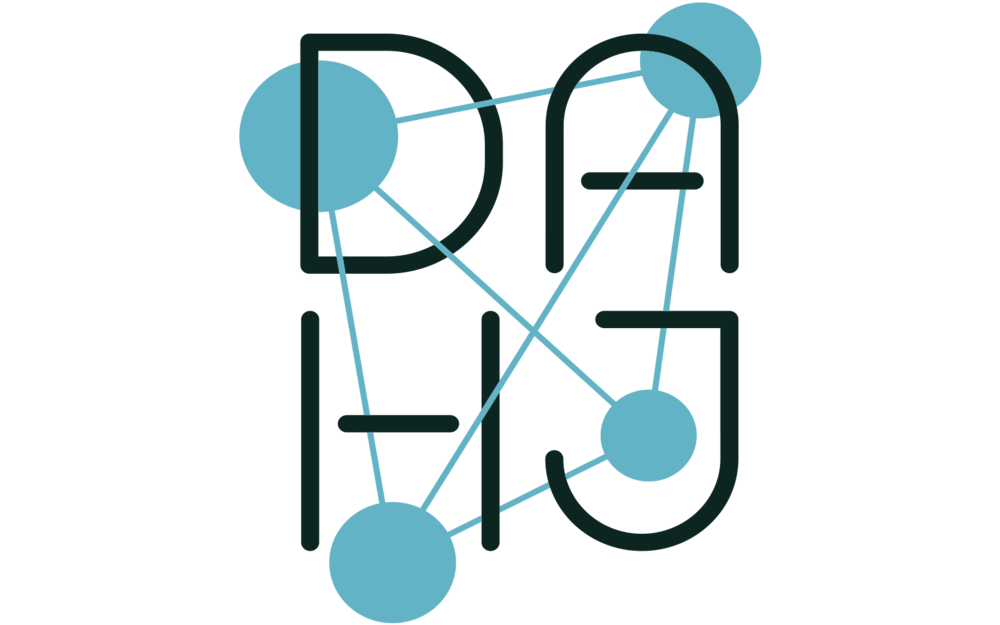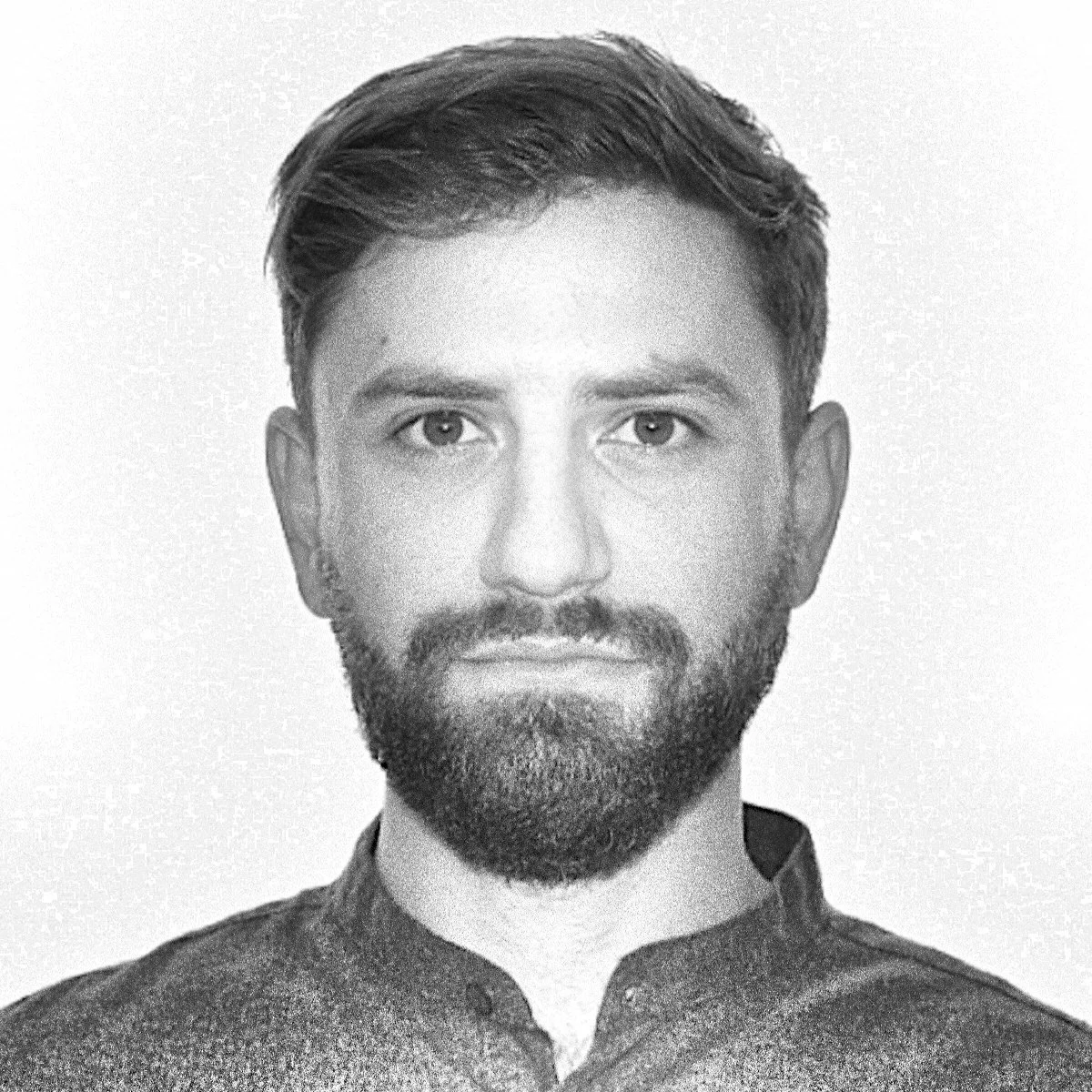Richard Lundquist
Fauna Futura, October 16, 2022
Website and video (RAVE, Drift Diffusion, T5, LSTM, and three.js)
Fauna Futura is a collaborative project between Copenhagen-based artist Richard Lundquist and Toronto-based data scientist Konstantine Tsafatinos. The interactive website is a digital zoo; it is filled with AI-generated birds that chirp and squawk with generated audio. Set in the not-too-distant future, Fauna Futura envisions a metaverse that is used to provide a glimpse into the “natural” world that was corrupted, polluted, and altered by human presence. The project interrogates the ethics of using AI technology to speculate about nature and wildlife – does it ensure that interactive experiences with the natural world persist? Or does it create a false impression of how life functions? According to the artists, the AI-generated birdsongs, descriptions, names, and videos of birds “simulate a future where anything is possible with technology, even replacing animals.”
Konstantine Tsafatinos
Artists Bios
Richard Lundquist is a Copenhagen-based designer and artist passionate about exploring new technologies and understanding how humans and other living things interact with them. Konstantine Tsafatinos is a Toronto-based programmer, sound designer, and machine learning tinkerer. He is a passionate user of open-source technology and believes that it empowers its users to take control of their digital experience. Crossing the boundaries of digital art, gaming, and ethics, Richard and Konstantine are exploring the implications and effects of technology on our societies and environments. They are discovering the limitations and opportunities for creation with AI, interactive 3D environments, the web, and other digital technologies.
Richard Lundquist and Konstantine Tsafatinos on The future of AI Art and culture:
“RICHARD: Konstantine, what do you think the future of AI and art and looks like?
KONSTANTINE: I think the future of AI and culture could end up a lot of different ways. One way could be a very centralized and closed version. Where only few have access to these tools, and one could be something very open and decentralized, where everyone can have access and can use them. I do think that, as these tools become better, there’s this drive to replace artists, but I think that it’s important that we maintain that skill as a species even though we have the tools to help us, the same way that a captain still needs to learn how to navigate even though GPS exists.
KONSTANTINE: Richard, what do you thin the future of AI and art and culture looks like?
RICHARD: I think that AI will not replace artists, but I think that artists will use AI tools for creating. That means that the role of the artist will maybe be to spend less time crafting things, and rather think conceptually. I think something that is uniquely human is to think conceptually and “outside of the box”. This is something that would not, at least not in the near future, be replaced by AI. I think and I hope that art schools will respond to the future of creation and creating with AI. I hope that schools will teach their students of how AI will affect creativity but also how to work with tools, so that it doesn’t become limited to only people with the technical expertise.”


